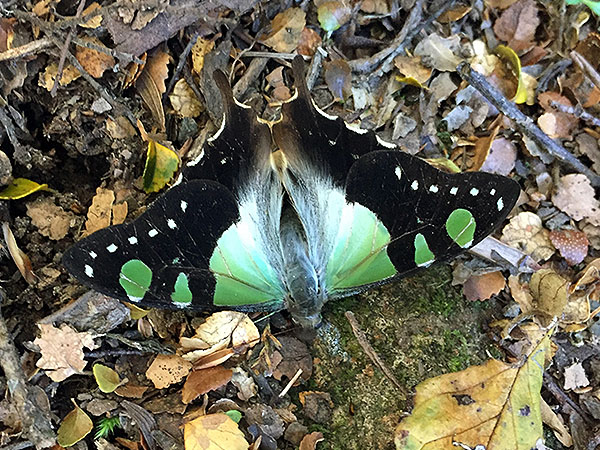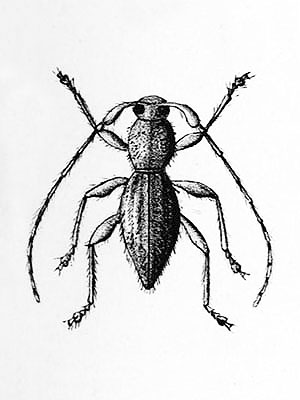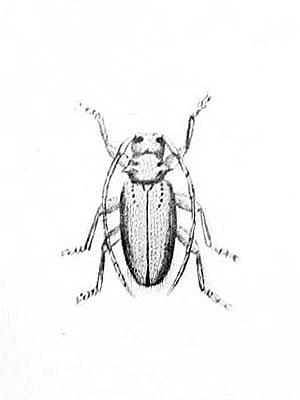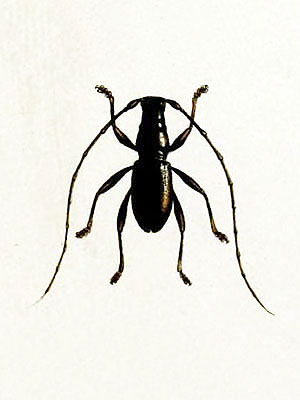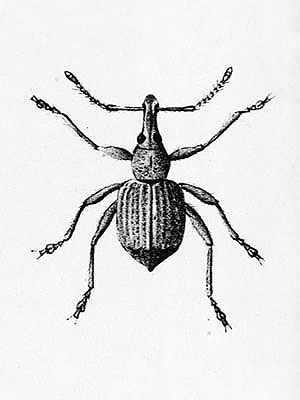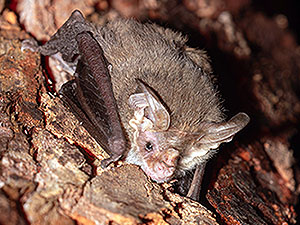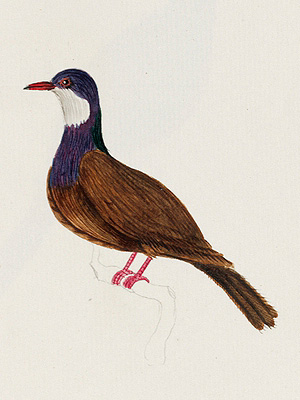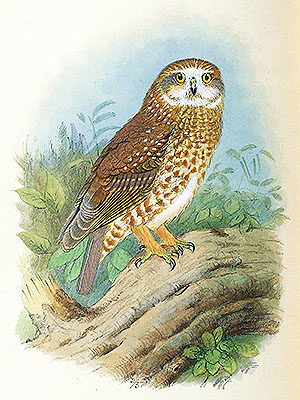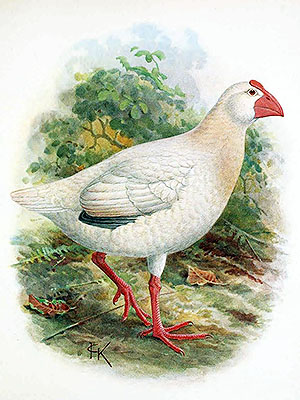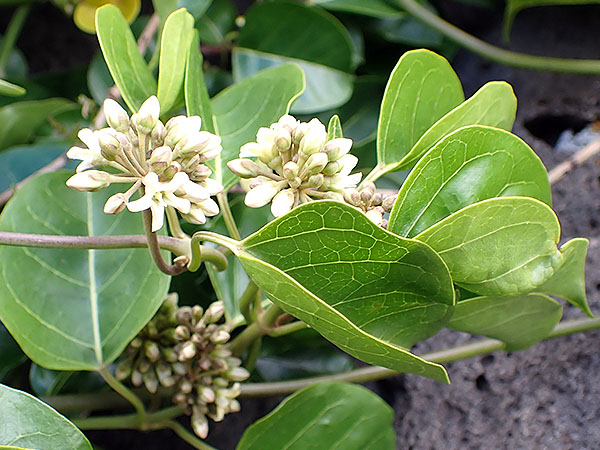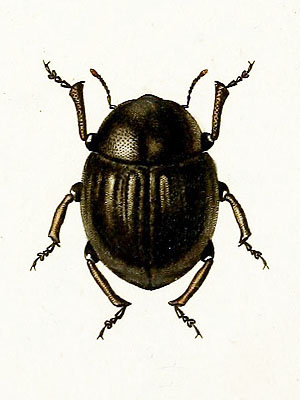Lord Howe Fantail (Rhipidura cervina)
The Lord Howe Fantail, also known as Fawn-breasted Fantail, was endemic to Lord Howe Island; it is sometimes treated as a subspecies of the New Zealand fantail (Rhipidura fuliginosa (Sparrman)).
The species was formerly very plentiful and widespread on its island home.
“We obtained the really elegant Rhipidura cervina, Ramsay, another species peculiar to Lord Howe. It is a delicate bird, frequenting any open glades where insects can be taken on the wing.” [1]
Nearly all of the endemic or native birds that formerly inhabited Lord Howe Island disappeared shortly after 1918, when the steamship ‘SS Makambo’ ran aground on Ned’s Beach in the northern part of the island and Black Rats (Rattus rattus (L.)) from the wreck came ashore.
The species was apparently last seen in 1924.
***
syn. Rhipidura fuliginosa ssp. cervina Ramsay, Rhipidura macgillivrayi Sharpe
*********************

Depiction from: ‘Gregory M. Mathews: The birds of Norfolk & Lord Howe Islands and the Australasian South Polar quadrant: with additions to “birds of Australia”. London: H. F. & G. Witherby 1928’
(public domain)
*********************
References:
[1] Robert Etheridge: The general zoology of Lord Howe Island; containing also an account of the collections made by the Australian Museum Collecting Party, Aug.-Sept., 1887. Australian Museum Memoir 2(1): 1-42. 1889
*********************
edited: 27.02.2024

